
After pounding parts of western and central Greece meteorologists have predicted a rare Mediterranean hurricane is headed south towards the island of Crete.
Authorities struggling to contain the impact of the cyclone – a so-called Mediterranean hurricane named Medicane Ianos – said two people had died and at least one was missing as torrential rain and gale-force winds wielded a trail of destruction.
“I call on citizens to remain vigilant for as long as this phenomenon lasts,” the Greek prime minister, Kyriakos Mitsotakis, said in a tweet expressing condolences for those who had lost their lives. “What takes precedence now is protection of life. All the affected areas will have immediate support.”

From the western Peloponnese and Ionian isles where widespread flooding and power cuts spurred the government to declare a state of emergency on Friday, the storm swept through central Thessaly, uprooting trees, downing bridges and blocking roads. An estimated 5,000 properties were said to have been flooded in the city of Karditsa alone.
Emergency services reported receiving over 2,500 calls for assistance from people trapped in flooded homes and cars. The Greek fire service said it had rescued almost 1,000 people. In Trikala a man survived by clinging to a log to escape being overwhelmed by the gushing waters of a stream.
One of the victims was described as an elderly woman who had died when her home took in water in Farsala in Thessaly. Later a 63-year-old shepherd was discovered dead near a hospital in Karditsa. The man, an ethnic Albanian, was believed to have been in search of his son who had disappeared in the storm but was found by the man and the fire brigade.

A 40-year-old woman was among the missing, although local media later said her car had been retrieved by rescuers. The vehicle is believed to have been dragged by floodwaters after the woman, ignoring police advice, attempted to drive across a flooded road close to an area where a bridge spans a river.
Farmers in central Greece described crops and greenhouses as being totally destroyed by the storm. Countless properties, including stores, have been damaged.
On Saturday train services between Athens and the country’s northern capital, Thessaloniki, were suspended. Electricity workers were still struggling to restore power in the popular Ionian isles of Cephalonia, Zakynthos, Ithaca and Lefkada more than a day after the outages. At least five vessels had sunk off the islands in seas whipped by winds of over 60mph before making landfall late on Thursday. Waves off the coast of the western Peloponnese were reported to be 7 metres high on Friday.
The cyclone, a byproduct of the climate emergency according to experts, struck the greater Athens region of Attica early on Saturday although there were no reports of damage.
By the afternoon Greece’s deputy civil protection minister, Nikos Hardalias, said it appeared to be headed south and was likely to pummel Arcadia, Leonidio and Argolis in the Peloponnese before moving on to the island of Kythera and Crete.
Weather forecasters said the hurricane was expected to pick up speed as it crossed the sea. Warmer sea surface temperatures in the Mediterranean would also make it easier for wind speeds to become more intense. Tropical-style storms in the region are rare but predicted to increase, along with other extreme weather events, on account of climate change.
“Such intense phenomena are linked to the climate crisis,” said Prof Ethymios Lekkas at Athens University’s faculty of geology and geoenvironment. “[They] are forecast to occur with ever more frequency.”
Greece was hit by a similar storm in 2018. A year earlier flash floods left 25 dead and hundreds homeless in western Athens with the mayor of Mandra, the area worst affected, describing the disaster at the time as “biblical.” Many of the victims were elderly people whose bodies were subsequently found inside homes that had been flooded.


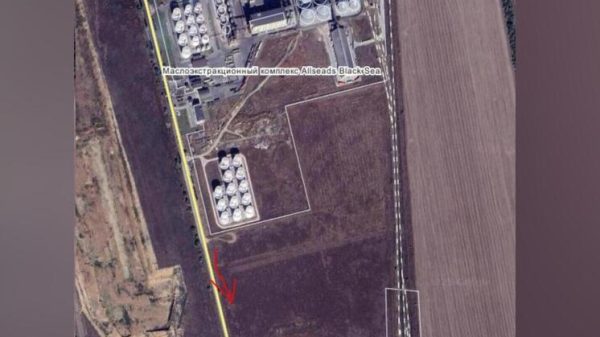





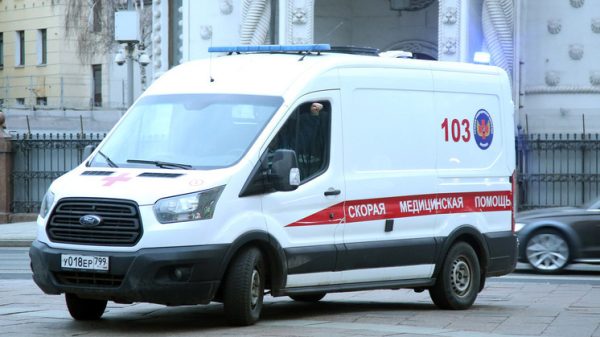
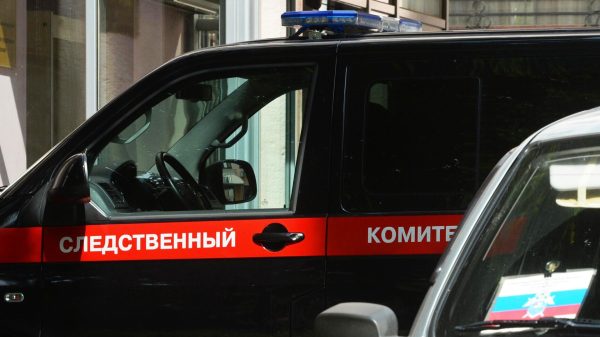
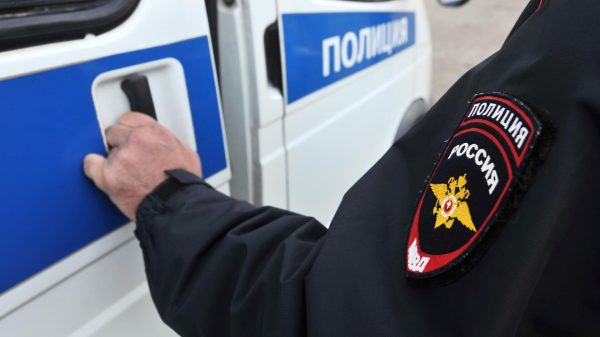






















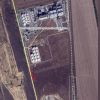















Свежие комментарии